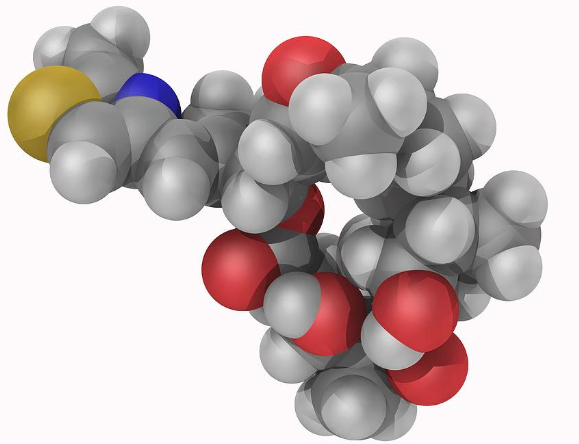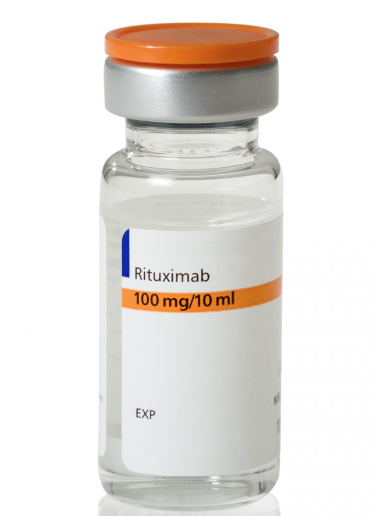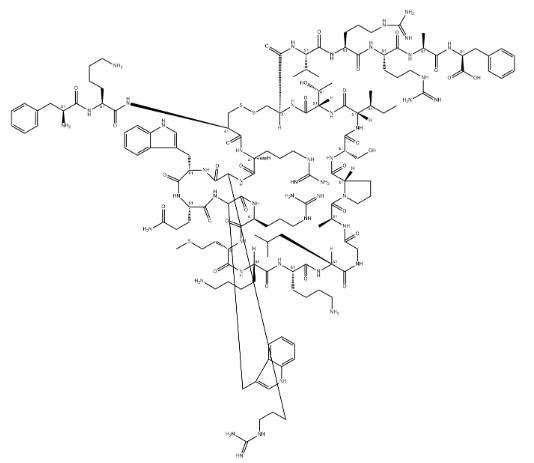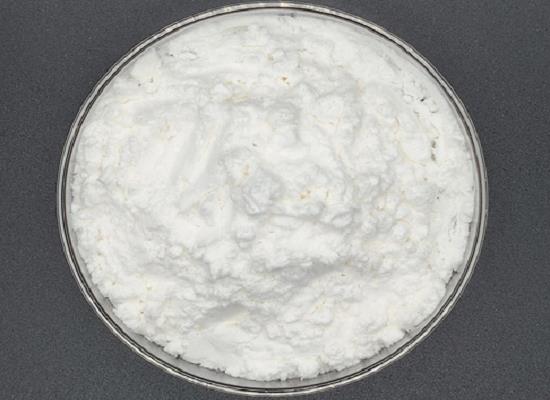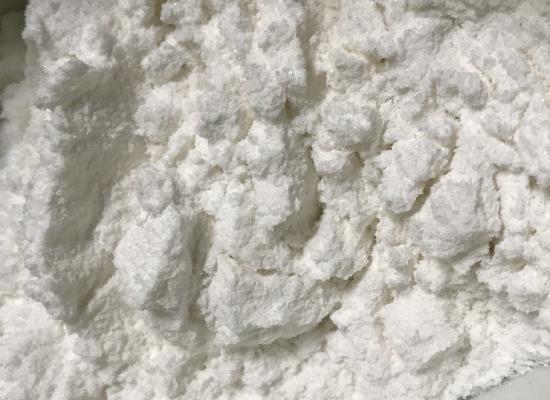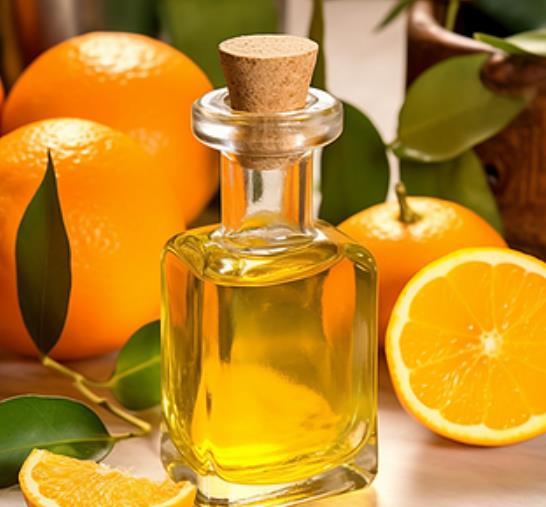Active Pharmaceutical Ingredients (API), popularly speaking, are the raw materials of medicines, only pharmaceutical raw materials are processed into pharmaceutical preparations , can they become medicines available for clinical use, so drugs we usually eat are the finished drugs through processing. Active Pharmaceutical Ingredients based on its sources can be divided into two major categories ,including chemical synthetic drugs and natural chemical drugs. Chemical synthetic drugs can be divided into organic synthetic drugs and inorganic synthetic drugs. Inorganic synthetic drugs are inorganic compounds ( very few is element), such as aluminum hydroxide, magnesium trisilicate which are used for the treatment of gastric and duodenal ulcers ; organic synthetic drugs are mainly composed of drugs made by basic organic chemical raw materials, through a series of organic chemical reactions (such as aspirin, chloramphenicol, caffeine, etc.). Natural chemical drugs ,based on its sources,can be divided into two categories including biochemical drugs and plant chemical drugs. Antibiotics are generally made by the microbial fermentation, which belongs to the biochemistry category. A variety of semi-synthetic antibiotics occurs in recent years,which are biosynthesis and chemical synthesis combining products.Among active Pharmaceutical Ingredients, the organic synthetic drugs varieties, yields and values have the largest proportion,which are the main pillars of the chemical and pharmaceutical industries. The quality of active Pharmaceutical Ingredients decides whether the formulation is good or bad , so its quality standards are very strict ,countries in the world have developed national pharmacopoeia standards and strict quality control methods for its widely used active Pharmaceutical ingredients.
An antineoplastic agent: Epothilone B
Epothilone B is an ideal drug for the treatment of spinal cord injury (SCI), which can reduce scar formation in the lesion site, reactivate the axons' regeneration potential and is convenient for oper
Apr 10,2024 APISeveral mechanisms of action of rituximab
Rituximab has become a mainstay in treating a broad variety of B-cell malignancies.
Apr 10,2024 APIBioassay of 2-(Chloromethyl)Pyridine Hydrochloride for Possible Carcinogenicity
2-(Chloromethyl)pyridine hydrochloride, an aromatic heterocycle used in a variety of syntheses, was selected for bioassay by the National Cancer Institute because of the structural similarity of this
Apr 10,2024 API3-Aminopyridine vs 2-Aminopyridine vs 4-Aminopyridine: Difference between the three
3-Aminopyridine is an important organic intermediate compound used as a plant growth regulator and also in the manufacture of pharmaceuticals, dyes, agrochemicals and oligomers/polymers.
Apr 10,2024 APIUnlocking the Potential of Lactoferrin: Insights into Its Structure, Mechanism, and Multifaceted Applications in Chemistry
The molecular backbone of lactoferrin is characterized by its ability to tightly bind iron ions, a property central to many of its biological functions.
Apr 10,2024 APICarboxin: Biodegradation and Preparation Method
Carboxin, a key fungicide in agriculture, inhibits fungal growth effectively while Delftia sp. HFL-1 degrades it and its metabolite, offering sustainable solutions.
Apr 10,2024 APIThe mechanism of action and storage method of Unii-fys6T7F842
Unii-fys6T7F842 is a revolutionary biological drug that has become a key therapeutic choice for various autoimmune diseases.
Apr 10,2024 APIN-Glycyl-L-tyrosine: Overview, Applications in Synthesis of Triorganotin Derivatives and Preparation
N-Glycyl-L-tyrosine, a peptide derivative of glycine and tyrosine, shows potential in biology and pharmacology, serving as a signaling molecule and aiding in drug synthesis.
Apr 10,2024 APITransforming Diabetes Care: The Revolutionary Impact of Dulaglutide
Dulaglutide, prominently known by its brand name Trulicity, marks a pivotal shift in the landscape of type 2 diabetes treatment.
Apr 10,2024 APIThe purpose, production process, and storage method of Mandarin oil
Mandarin oil, derived from the peel of the Mandarin orange,its delightful fragrance for its multitude of health benefits.
Apr 10,2024 API



